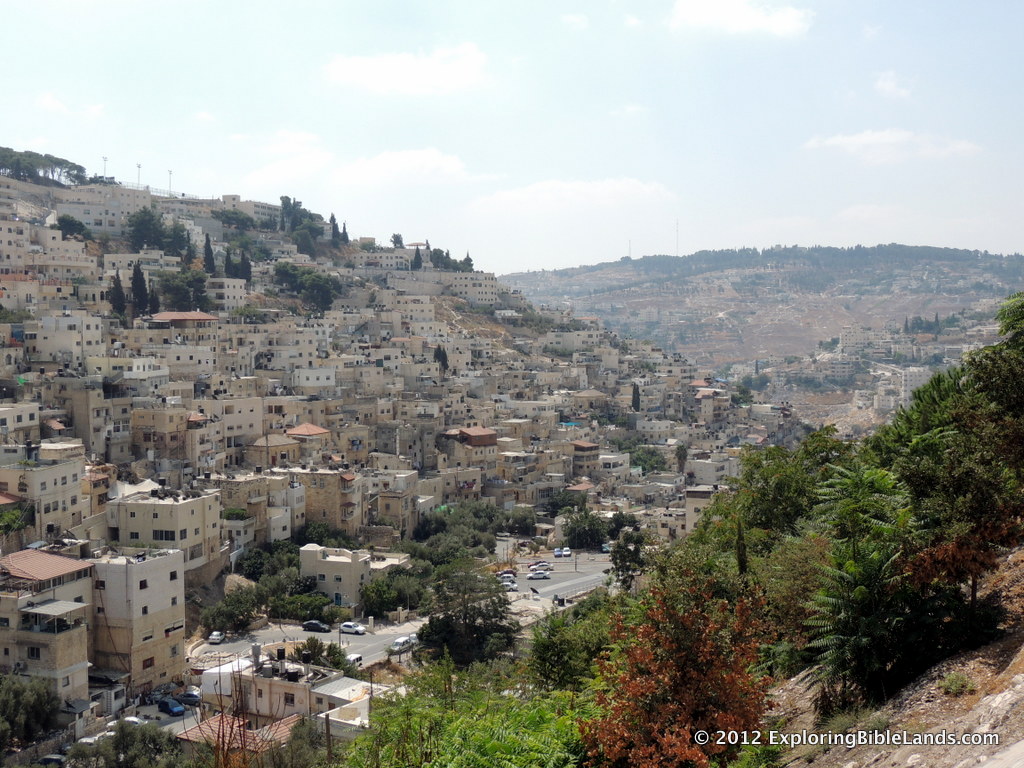 Writers and speakers often use illustrations to make their point. In the Bible, the most recognizable use of this technique was Jesus. When speaking to the multitudes, He would often use parables. Jesus would tell a story that the listeners could easily understand in order to make a deeper point. Recently, while studying some of the Psalms, I was reminded of another great example of this. Consider Psalm 125:
Writers and speakers often use illustrations to make their point. In the Bible, the most recognizable use of this technique was Jesus. When speaking to the multitudes, He would often use parables. Jesus would tell a story that the listeners could easily understand in order to make a deeper point. Recently, while studying some of the Psalms, I was reminded of another great example of this. Consider Psalm 125:
Those who trust in the Lord are like Mount Zion, which cannot be moved, but abides forever. As the mountains surround Jerusalem, so the Lord surrounds His people from this time forth and forever. For the scepter of wickedness shall not rest on the land allotted to the righteous, lest the righteous reach out their hands to iniquity. Do good, O Lord, to those who are good, and to those who are upright in their hearts. As for such as turn aside to their crooked ways, the Lord shall lead them away with the workers of iniquity. Peace be upon Israel!
Did you notice the second sentence? The writer is describing the love and protection that God continually provides to His people. In it, he uses an illustration about the geography of Jerusalem to make his point. In doing so, he is making the assumption that his readers already understand the geography of the city. And, because they do understand it, he can create the beautiful analogy.
Jerusalem sits in the central mountain range approximately 2500 feet above sea level. During the time of the writing of this psalm, the main city of Jerusalem sat on a small ridge (approximately 10 acres in size) surrounded by three valleys. On the opposite side of the valleys, there are taller mountains on all sides of the city. From anywhere in the city, the Israelites could look in all directions and see the mountains surrounding them. These valleys and mountains provided a level of security and comfort to the inhabitants. That is the concept that the writer is using as the foundation for his point.
When you visit Jerusalem today, you can still see these same mountains. They haven't moved. They still surround the ancient city of Jerusalem. And just like the psalm says, God's love and protection still surrounds us.
